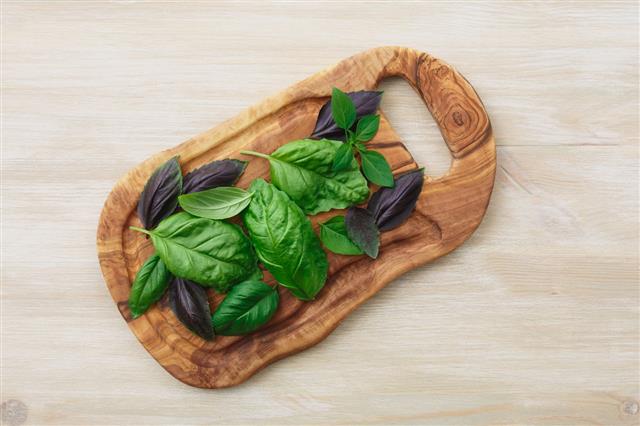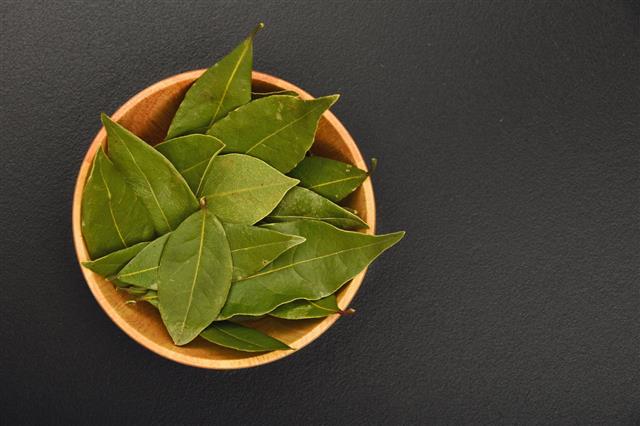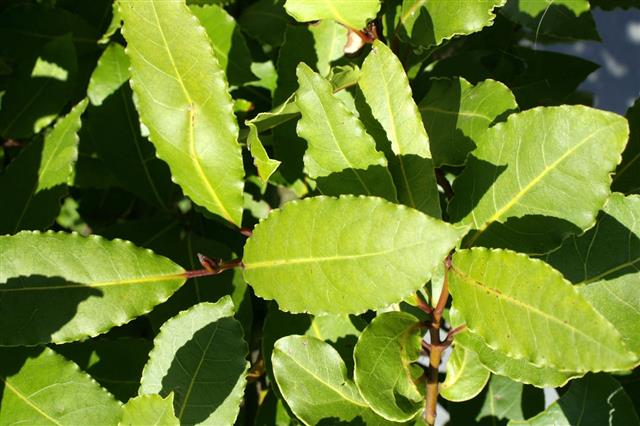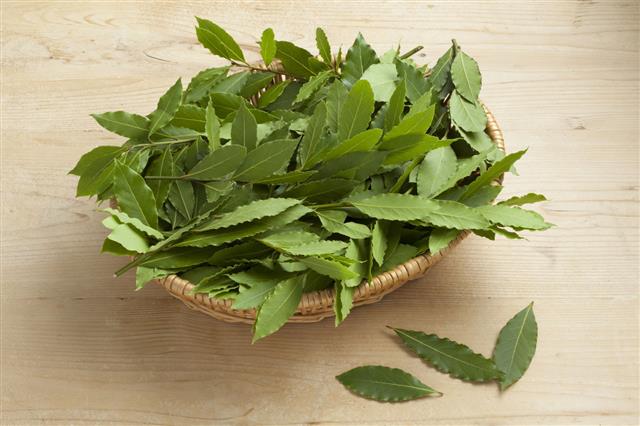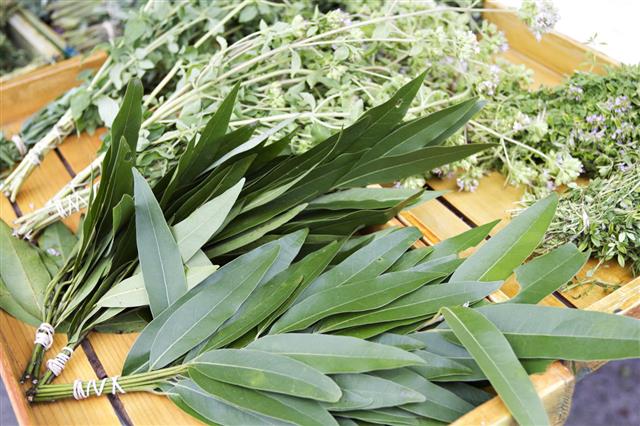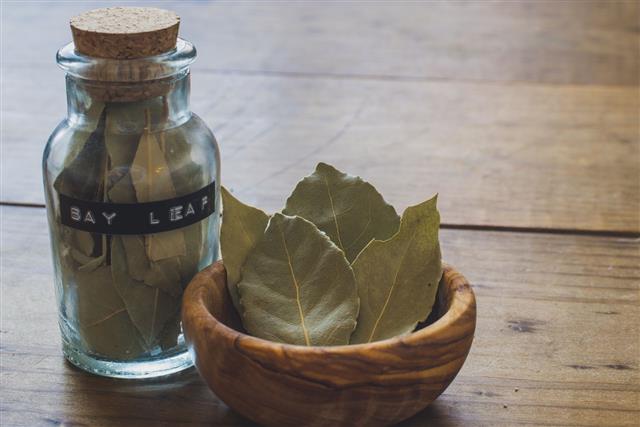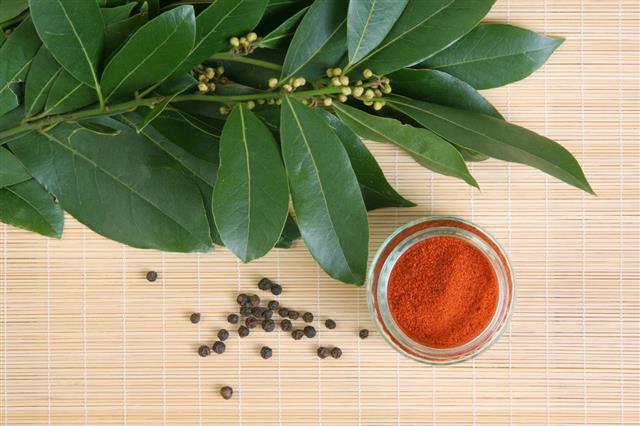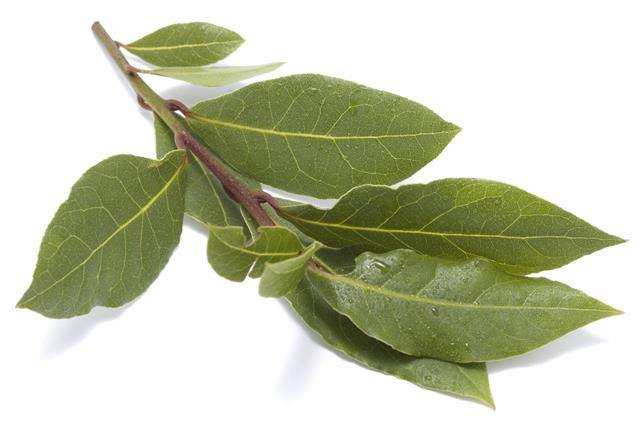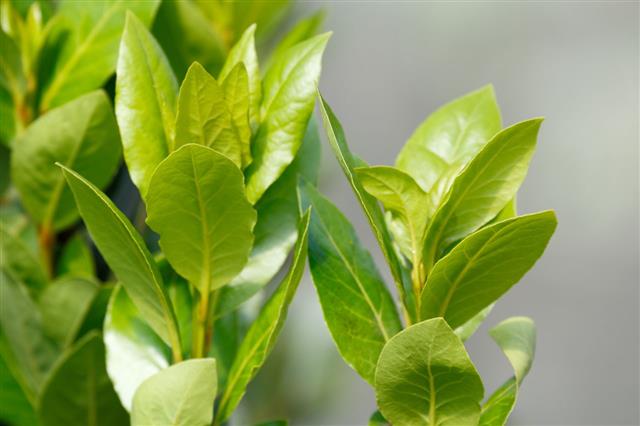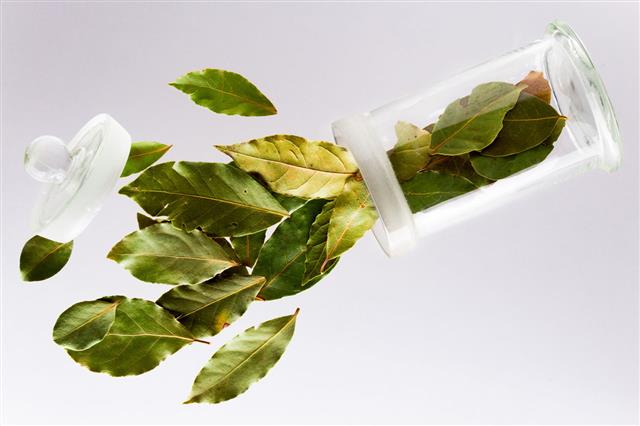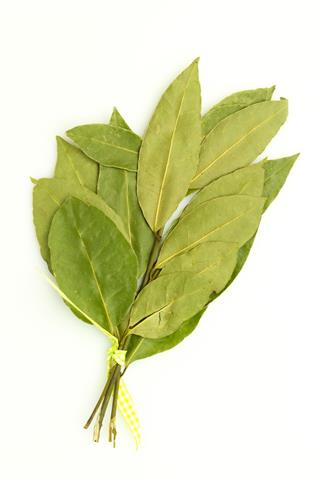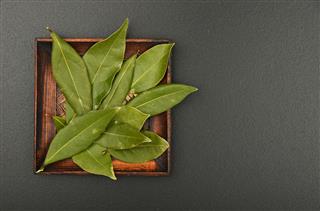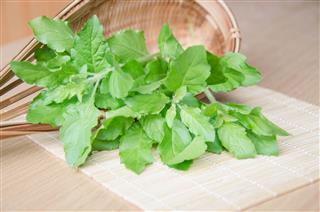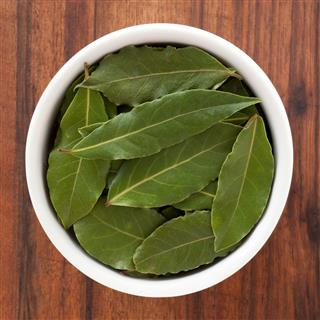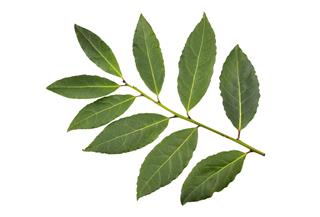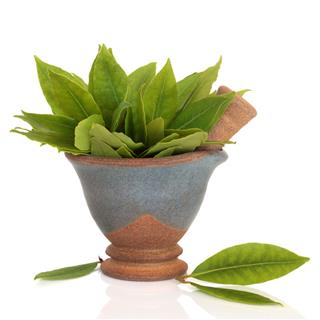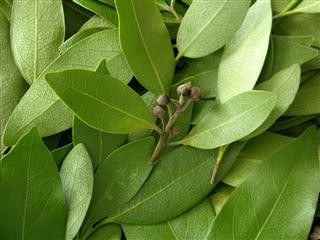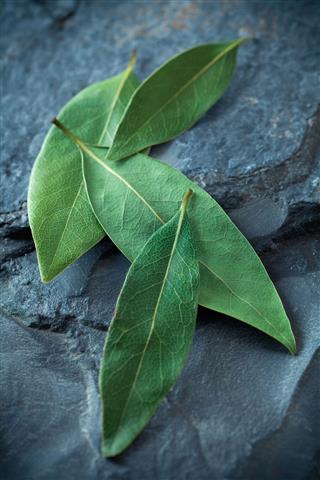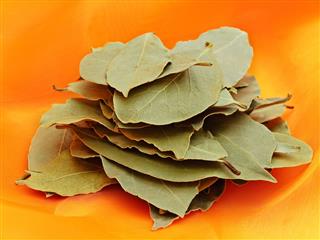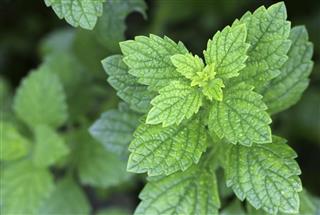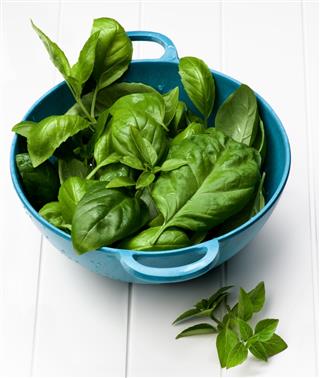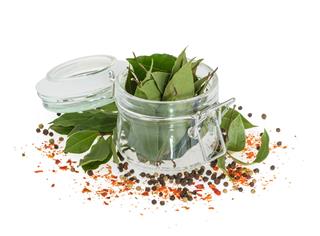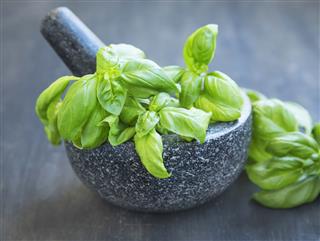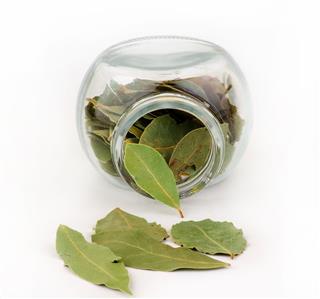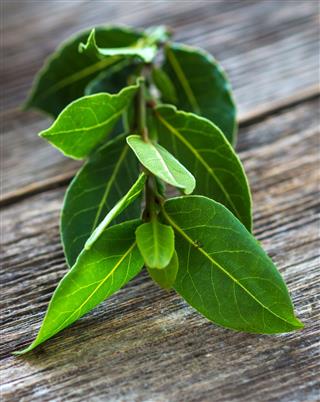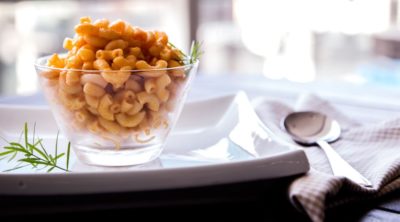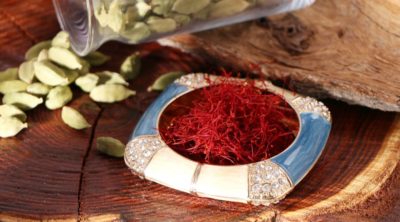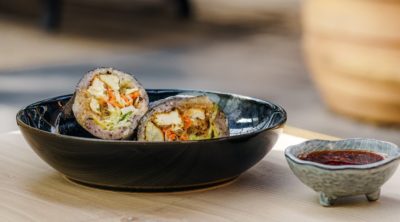
Curry or Kari leaves is an essential flavoring agent in India. With Indian cuisine mesmerizing people all over the world, one might want to find out all about the alternative one can use in case these leaves are unavailable.
Did You Know?
There is really nothing in the world that will be able to perfectly fill in for curry leaves. Nothing can replicate the exact flavor that it renders to a dish. So, all you can do is opt for subs that infuse their own flavors in a dish and yet do not spoil the taste of the preparation.
Curry leaves have a most unique aroma of their own. Used rampantly in the cuisines of Himachal, Gujarat, and Southern parts of India, you will find these leaves floating on top of curries, gravies and vegetables. They are almond-shaped and deep green in color with a pungent flavor and are attached to a long stem. This plant grew in the wild, till it was discovered and used for culinary purposes. Since it is so exceedingly difficult to find in some countries, people are forced to look for possible alternatives of this green delight. But, I have already told you the saddest truth of them all. There are other options you will have to choose from when you run out of curry leaves. They have very different flavor, but all these flavors usually work very well without hampering the taste of the dishes.
Please Remember
Curry powder is a mixture of various types of herbs and spices like coriander, cumin, turmeric, cinnamon, fenugreek, and red pepper and does NOT have the slightest trace of curry leaves. It is NOT to be used as a curry leaf substitute.
You can substitute ½ a cup of curry leaves with ½ a cup of basil leaves and a dash of lemon juice. Fresh basil leaves are known for the floral, sweetish flavor they infuse in the dishes they are added to. The lemon juice will only attempt to introduce that citrusy aroma curry leaves generally have. Please note that you must not cut up basil leaves before using it. Tear them up well instead. This keep the flavor intact.
This substitute will be best used:
► In spicy Thai curry dishes (for basil gives the dishes a nice, sweet twist and balances out the sharpness of the spices).
► In most Asian Cuisines.
► In salads (esp. potato salad with yogurt).
You can substitute ½ a cup of curry leaves with just 1 bay leaf. Bay leaves have a rather sweet and savory flavor. This works to balance out the overtly accentuated flavors of some other ingredient you may have added. As a result, your dish has a more well-rounded taste to pleasure your taste buds.
This substitute will be best used:
► In bouquets garnis for casseroles, sauces, soups, and stews.
► For tempering boiled lentils.
► In pickling solutions.
► For stir-frying veggies.
► In the water used for boiling crabs, shrimp, and other seafood.
► In curry dishes.
► In Indian salads.
You can substitute ½ a cup of curry leaves with1 – 2 “Daun Salam” leaves (Indonesian bay leaves). Its flavor resembles that of cinnamon’s, but is comparatively milder. Note that the flavor of this leaf is not compatible with vegetable preparations.
This substitute will be best used:
In meat preparations.
You can substitute 10 curry leaves with 6 “Makrut Lime” leaves (pronounced “Ma-groot”, also called “Kaffir Lime” leaves). When you serve a dish where whole Kaffir lime leaves have been used (like in soups), politely inform your guests that the leaves have been used merely for flavoring purposes (just like bay leaves usually are). They are not supposed to be eaten or even chewed upon.
This substitute will be best used:
► In Asian bouquets garnis with lemongrass and ginger for flavoring stock.
► For stir-frying.
► In salads.
► In Thai soups.
► In steamed fish dishes (like Haw Mok Pla) when slivered.
► In Thai curries (just add 2 kaffir lime leaves to the pot when you put in the fish or seafood, meat, tofu or wheat gluten, for cooking).
Kaffir lime leaves which are comparatively larger in size, usually have a very tough central stem. You must not eat that. Simply cut the leaf around it for consumption and flavoring purposes. There are four ways in which these leaves can be employed to aromatize your dish:
~ Pulping the leaves into a paste with the aid of a mortar and pestle and adding it to curries. It is the most digestable in this form.
~ Separating the twin leaves so that they become singular leaflets, piling them up, rolling the piled leaves, and then chopping them up finely with the help of a sharp knife. Ideal for fish cakes, like Tod Mun or fried fish cake.
~ Hacking the leaves up into bits of your choice with a sharp pair of kitchen scissors. Ideal for curries (like Beef Panang), salads, or other soup pastes.
~ Using the whole leaf in soups (like tom yam) and curries and letting it stay in the simmering liquid for a while.
You can substitute 9 curry leaves with 6 lemon balm leaves (Melissa officinalis). Lemon balm has a quintessential citrusy flavor, which is why it may work as an alternative of curry leaves. Note that you must only use the leaves – not the root or stem of lemon balm.
You can substitute 8 curry leaves with the zest (basically the uppermost layer shavings) of 1 lime’s thick rind. This has a rather citrusy and rejuvenating flavor.
Remember
Since the taste of curry leaves cannot be replicated, what you should try to do is obtain some fresh foliage in bulk and dry them. Storage of dried curry leaves is very much possible and you do not have to compromise on the taste of your dishes anymore.
How to Freeze Fresh Curry Leaves?
~ Begin by collecting enough fresh leaves of curry. Discard the stem. Only the leaves are needed.
~ Wash the leaves thoroughly under running cold water.
~ Next, place paper napkins on the kitchen counter and spread the leaves out on the napkins. They should be laid out in a single layer, one beside the other.
~ Now, take a dry towel and gently pat dry the water from the leaves. The paper napkins will soak up enough water themselves. Let the leaves stand for an hour for them to become completely dry.
~ Once they are visibly dry, lay the leaves out in a single layer microwave-safe plate.
~ Microwave the leaves for a solid 90 seconds at about 80% power.
~ Of course, if the leaves begin to crackle after the first 60 seconds, it indicates that they were not dry enough to begin microwaving with and need to be further air-dried.
~ Once the leaves look all crisp and brittle to you, take them out and bottle them up for a good six months.
Curry Leaf Facts
~ The curry shrub can also be grown in herbal gardens at home.
~ Fresh as well as dry curry leaves can be used for cooking and are an integral part of Indian food.
~ Nowadays, curry leaves are being used across all Indian states and also in other cuisines like Malay and Indonesian. For a longer shelf life, fresh leaves are scorched and dried and stored in the form of powder or as whole.
~ There are also many benefits of using curry leaves in your food. Not only does this leaf adds a delicious taste to the food, it also strengthens the immune system and nourishes the hair and scalp.
~ Added to the oil in which the dish is going to be cooked, these leaves give out a flavor that increases the taste of the food. The leaves are sizzled in the hot oil together with mustard and cumin seeds to give an authentic flavor to the food.
~ Though mostly used in vegetarian recipes, dried leaves are also used as seasoning for non-vegetarian dishes like fish curries.
All in all, the subs stated above add taste to the food, but nothing can beat the original and authentic flavor of fresh curry leaves.
